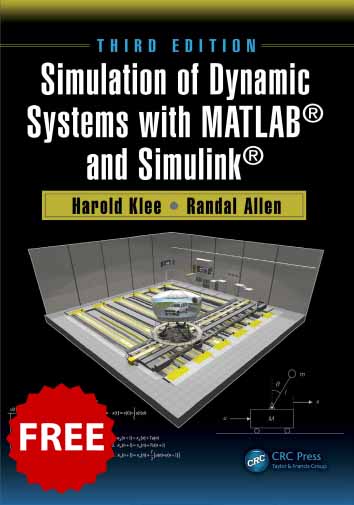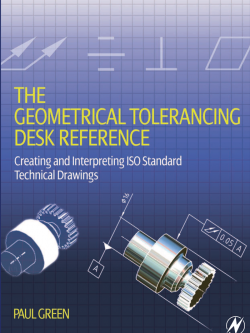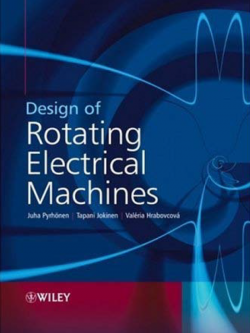Description
In the frst article of SIMULATION magazine in the Fall of 1963, the editor John McLeod proclaimed simulation to mean “the act of representing some aspects of the real world by numbers or symbols which may be easily manipulated to facilitate their study.” Two years later, it was modified to “the development and use of models for the study of the dynamics of existing or hypothesized systems.” More than 40 years later, the simulation community has yet to converge upon a universally accepted defnition. Either of the two cited defnitions or others that followed convey a basic notion, namely, that simulation is intended to reinforce or supplement one’s understanding of a system. The defnitions vary in their description of tools and methods to accomplish this.
The feld of simulation is experiencing explosive growth in importance because of its ability to improve the way systems and people perform, in a safe and controllable environment, at a reduced cost. Understanding the behavior of complex systems with the latest technological innovations in felds such as transportation, communication, medicine, aerospace, meteorology, etc., is a daunting task. It requires an assimilation of the underlying natural laws and scientifc principles that govern the individual subsystems and components. A multifaceted approach is required, one in which simulation can play a prominent role, both in validation of a system’s design and in training of personnel to become profcient in its operation.
Simulation is a subject that cuts across traditional academic disciplines. Airplane crews spend hours flying simulated missions in aircraft simulators to become profcient in the use of onboard subsystems during normal flight and possible emergency conditions. Astronauts spend years training in shuttle and orbiter simulators to prepare for future missions in space. Power plant and petrochemical process operators are exposed to simulation to obtain peak system performance. Economists resort to simulation models to predict economic conditions of municipalities and countries for policymakers. Simulations of natural disasters aid in preparation and planning to mitigate the possibility of catastrophic events.
While the mathematical models created by aircraft designers, nuclear engineers, and economists are application specifc, many of the equations are analogous in form despite the markedly different phenomena described by each model. Simulation offers practitioners from each of these felds the tools to explore solutions of the models as an alternative to experimenting with the real system.
This book is meant to serve as an introduction to the fundamental concepts of continuous system simulation, a branch of simulation applied to dynamic systems whose signals change over a continuum of points in time or space. Our concern is with mathematical models of continuoustime systems (electric circuits, thermal processes, population dynamics, vehicle suspension, human physiology, etc.) and the discrete-time system models created to simulate them. The continuous system mathematical models consist of a combination of algebraic and ordinary differential equations.
The discrete-time system models are a mix of algebraic and difference equations. Systems that transition between states at randomly occurring times are called discrete-event systems. Discrete-event simulation is a complementary branch of simulation, separate from continuous system simulation, with a mathematical foundation rooted in probability theory. Examples of discrete-event systems are facilities such as a bank, a tollbooth, a supermarket, or a hospital emergency room, where customers arrive and are then serviced in some way. A manufacturing plant involving multiple production stages of uncertain duration to generate a fnished product is another candidate for discrete-event simulation.
Discrete-event simulation is an important tool for optimizing the performance of systems that change internally at unpredictable times due to the influence of random events. Industrial engineering programs typically include a basic course at the undergraduate level in discrete-event simulation. Not surprisingly, a number of excellent textbooks in the area have emerged for use by the academic community and professionals.
In academia, continuous simulation has evolved differently than discrete-event simulation. Topics in continuous simulation such as dynamic system response, mathematical modeling, differential equations, difference equations, and numerical integration are dispersed over several courses from engineering, mathematics, and the natural sciences. In the past, the majority of courses in modeling and simulation of continuous systems were restricted to a specifc feld like mechanical, electrical, and chemical engineering or scientifc areas like biology, ecology, and physics. A transformation in simulation education is underway. More universities are beginning to offer undergraduate and beginning graduate courses in the area of continuous system simulation designed for an interdisciplinary audience. Several institutions now offer master’s and PhD programs in simulation that include a number of courses in both continuous and discrete-event simulation. A critical mass of students are now enrolled in continuous simulation-related courses and there is a need for an introductory unifying text.
The essential ingredient needed to make simulation both interesting and challenging is the inclusion of real-world examples. Without models of real-world systems, a frst class in simulation is little more than a sterile exposition of numerical integration applied to differential equations. Modeling and simulation are inextricably related. While the thrust of this text is continuous simulation, mathematical models are the starting point in the evolution of simulation models. Analytical solutions of differential equation models are presented, when appropriate, as an alternative to simulation and a simple way of demonstrating the accuracy of a simulated solution. For the most part, derivations of the mathematical models are omitted and references to appropriate texts are included for those interested in learning more about the origin of the model’s equations.






نقد و بررسیها
هیچ دیدگاهی برای این محصول نوشته نشده است.